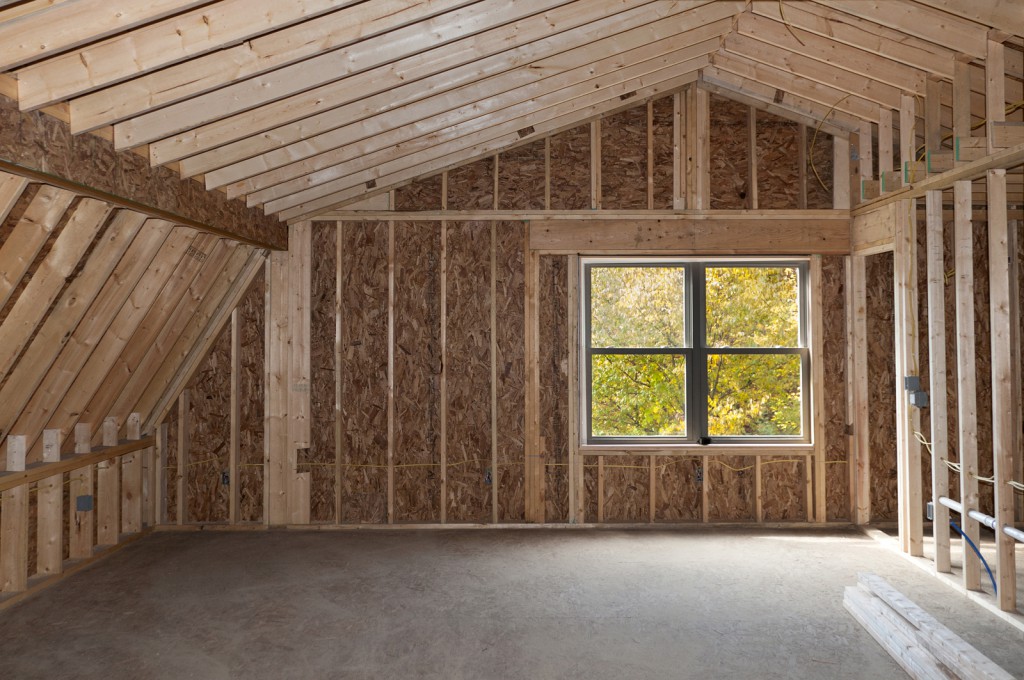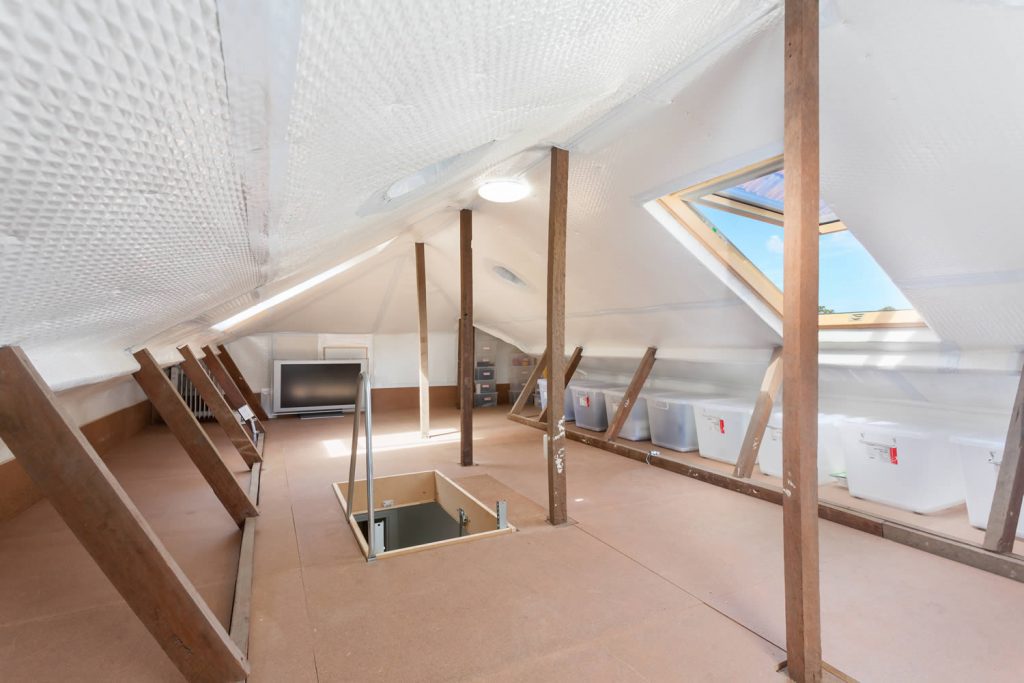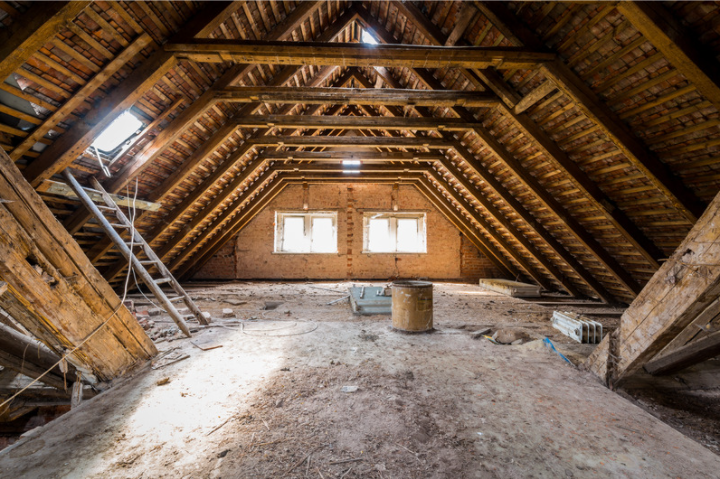Attic mold health risks are often overlooked by homeowners, yet they can have significant implications for both health and property value. Mold in the attic is not just a structural concern but also a potential health hazard. Understanding these risks is essential, especially for homeowners and real estate developers who aim to maintain safe and healthy living environments. In this article, we will explore the various aspects of attic mold, its causes, its effects on health, and how to properly address these issues.

What Causes Attic Mold?
The growth of mold in the attic is usually attributed to a combination of moisture and organic material. Poor ventilation, roof leaks, and inadequate insulation can all contribute to excess moisture, creating a perfect environment for mold to thrive. Understanding the root causes is the first step in prevention and remediation.
Moisture and Humidity
Moisture is the primary catalyst for mold growth. In attics, moisture can accumulate due to leaks in the roof or condensation from improper ventilation. High humidity levels also promote mold growth, especially in warmer climates.
Poor Ventilation
Without adequate ventilation, the attic can become a breeding ground for mold. Proper airflow helps to regulate temperature and moisture levels, preventing mold spores from settling and multiplying. For more insights on improving attic ventilation, you might find this guide on attic ventilation helpful.
Health Risks Associated with Attic Mold
Mold exposure can lead to a variety of health issues, some of which can be quite serious. Understanding these risks can help homeowners take proactive measures to protect their families.
Respiratory Issues
Inhaling mold spores can cause respiratory problems such as coughing, wheezing, and shortness of breath. Individuals with asthma or other pre-existing respiratory conditions are particularly at risk.
Allergic Reactions
Mold can trigger allergic reactions, including symptoms like sneezing, runny nose, skin rashes, and itchy eyes. These reactions can range from mild to severe, depending on the individual’s sensitivity and the extent of mold exposure.
Impact on Property Value
A mold-infested attic can significantly decrease a home’s value. Potential buyers may be deterred by the presence of mold, fearing the health risks and costs associated with remediation.
Structural Damage
Mold can cause structural damage to the attic by weakening wooden beams and other materials. This damage can lead to costly repairs and further devaluation of the property.
Aesthetic Concerns
Visible mold can also affect the aesthetic appeal of a home, making it less attractive to potential buyers. Maintaining a clean and mold-free attic is crucial for preserving the home’s overall appeal and value.
Preventing Attic Mold
Prevention is key when it comes to attic mold. By taking proactive measures, homeowners can minimize the risk of mold growth and protect their health and property.
Regular Inspections
Conducting regular inspections of the attic can help identify potential moisture issues before they lead to mold growth. Homeowners should look for signs of leaks, condensation, and inadequate ventilation.
Improved Ventilation
Ensuring adequate ventilation in the attic can prevent moisture buildup and reduce the risk of mold. Installing vents or fans can help maintain proper airflow and humidity levels.
Professional Assistance
For severe mold infestations, it may be necessary to seek professional help. Mold remediation experts can assess the situation and implement effective solutions to eliminate mold and prevent future growth.
For further information on attic maintenance and mold prevention, you can visit this resource on attic remodels.
Conclusion
Understanding the attic mold health risks is crucial for homeowners and real estate developers alike. By addressing the causes of mold, recognizing the associated health risks, and taking preventative measures, it is possible to maintain a safe and healthy living environment. Regular inspections, improved ventilation, and professional assistance are all effective strategies for managing attic mold and protecting both health and property value.

FAQs
What are the first signs of attic mold?
Common signs of attic mold include a musty odor, visible discoloration on walls or ceilings, and increased humidity levels.
Can attic mold affect the entire house?
Yes, mold spores can travel through the air and HVAC systems, potentially affecting other areas of the home.
Is it necessary to hire a professional for mold removal?
While minor mold issues can sometimes be handled by homeowners, significant infestations usually require professional remediation to ensure complete removal.
This article contains affiliate links. We may earn a commission at no extra cost to you.




